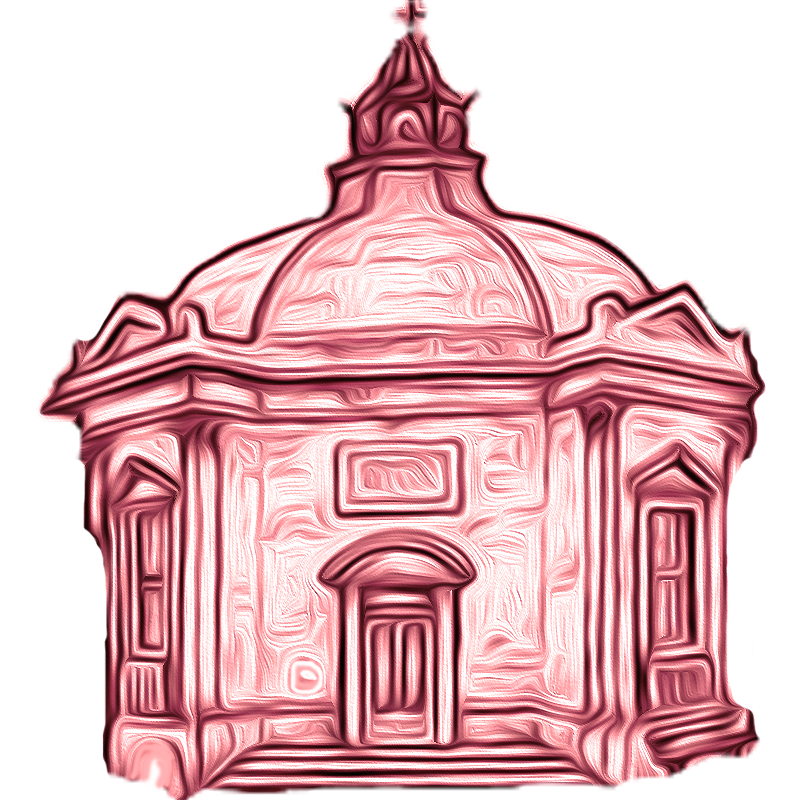Introduction
Of all the English spa towns,
Harrogate can be seen historically as the least insular, carefully monitoring
developments beyond the English Channel.
From the mid-18th century onwards and increasingly in the course of the 19th century, spa towns across the continent developed a recognizably European spa culture, with facilities such as the Kurparks, gardens and promenades, grand hotels, Kursaals, casinos and pump rooms – all following a similar, and similarly eclectic, architectural style – emulated across borders from one place to another. The same applies to spa treatments and spa entertainments. Visitors touring the spas would easily combine German, Austrian and French places in one tour – made easier of course with the rapid development of the railways in this period. Everywhere they went, they could expect to find a roughly similar setup (with small individual variations), and thus enter a world that was new and at the same time familiar. The fortunes of individual places ebbed and flowed, but spa culture as such prospered across the continent, and several spa towns would take it in turns to be called the Summer Capital of Europe.
From the mid-18th century onwards and increasingly in the course of the 19th century, spa towns across the continent developed a recognizably European spa culture, with facilities such as the Kurparks, gardens and promenades, grand hotels, Kursaals, casinos and pump rooms – all following a similar, and similarly eclectic, architectural style – emulated across borders from one place to another. The same applies to spa treatments and spa entertainments. Visitors touring the spas would easily combine German, Austrian and French places in one tour – made easier of course with the rapid development of the railways in this period. Everywhere they went, they could expect to find a roughly similar setup (with small individual variations), and thus enter a world that was new and at the same time familiar. The fortunes of individual places ebbed and flowed, but spa culture as such prospered across the continent, and several spa towns would take it in turns to be called the Summer Capital of Europe.

Image © Royal Pump Room Museum, Harrogate Borough Council
British spas were never really part of
this growing network. British travellers however took to frequenting the
continental spas in increasing numbers – not least because life there was
cheaper than in Bath, say, or Cheltenham or Harrogate. Again, this was made
infinitely easier with the introduction of steamships crossing the channel,
such as the Defiance and Caledonia, which from 1816 and 1817
onwards went directly from London to Frankfurt via Rotterdam, Cologne and
Coblenz. British spas, then, had to think hard about ways to stop, if not
reverse, this one-way traffic. One way to do so was to offer potential visitors
an experience that was minutely comparable to what they would find elsewhere.

Image © Royal Pump Room Museum, Harrogate Borough Council
Harrogate had a history of being
compared to continental places – be it in medical manuals because of the great
variety of its wells, or by visitors who had seen many such places. Much of the
infrastructural development seen in Harrogate from the Victorian era onwards,
happened with an eye to the best examples of spa facilities from all over the
continent, driven by the town’s firm intention to become a major magnet for
British health tourists and foreigners alike. The aim was that Harrogate should
be able to compete with its European rivals in everything it offered to the
discerning visitor.
The history of Harrogate’s relationship with the continental spas might thus be best summarized in the triad:
The history of Harrogate’s relationship with the continental spas might thus be best summarized in the triad:




